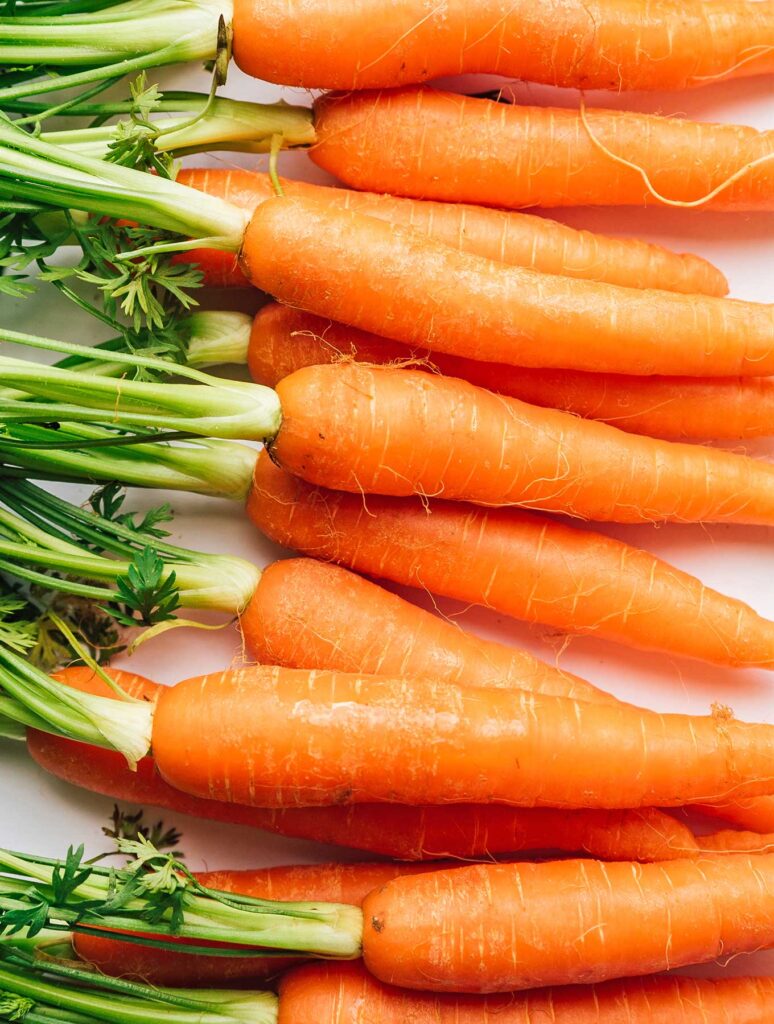The food we consume affects the functioning of every part of your body – and your vagina aka your lady-parts is no exception. Your vagina doesn’t need much attention to keep it healthy despite the high influx of feminine hygiene products in the market today.
The vagina naturally has and uses its good bacteria, natural secretions and immune defenses to keep itself blooming. Eating balanced diet and specific foods that make your vagina healthy is a plus – it adds an additional protection against infections and vaginal health.
We’ve compiled a list of foods you need to be eating for a healthy, orgasm rich vagina [winks]
1. Cranberry Juice
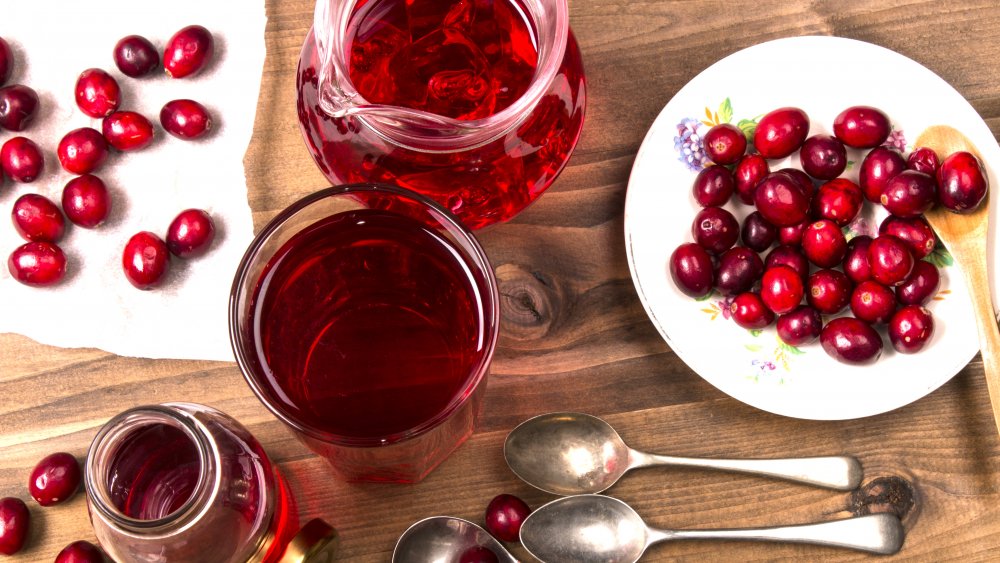
Taking concentrated, unsweetened cranberry juice helps prevent and relieve urinary tract infections. Prathocyanidins or PAC and fructose are major ingredients found in cranberries – they make the bladder slippery and more resistant to bacteria especially E. coli. E. coli is the most common cause of UTI.
You can always opt for cranberry tablets. A study carried out in the American Journal of Obstetrics & Gynecology found a low occurrence of UTI in women who took cranberry juice pill six weeks after gynecological surgery.
Pro tip – avoid sugary, diluted cranberry juice, it increases vagina pH favorable for bacterial growth.
2. Sweet Potato
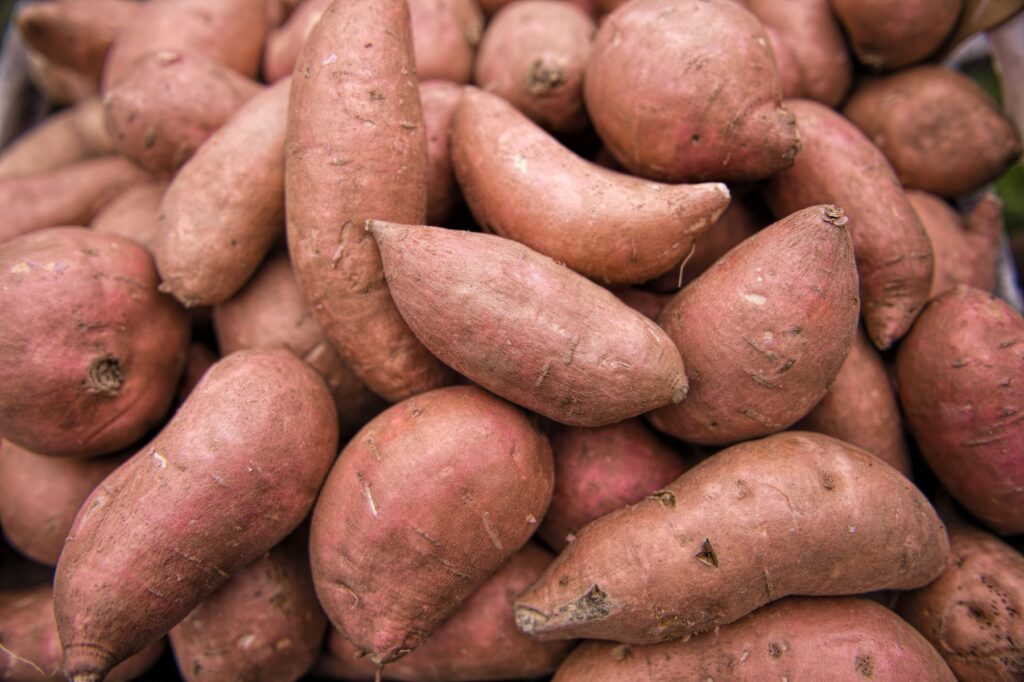
The high amount of Vitamin A contained in sweet potato makes it a good choice for a healthy vagina. Vagina A helps strengthen vaginal and uterine muscles.
3. Greek Yogurt

Greek Yogurt improves vaginal health due to the presence of probiotics. Probiotics are live microorganisms (bacteria & yeast) that have tons of health benefits, especially your digestive system and in this case, your vagina.
Varieties of yoghurt (Greek yoghurt) that contain Lactobacillus acidophilus, a bacteria – may help the pH of vagina between 3.5 to 4.5 reducing the risk of yeast and other types of infection. Other sources of probiotics include kimchi, sauerkraut, kefir.
4. Garlic
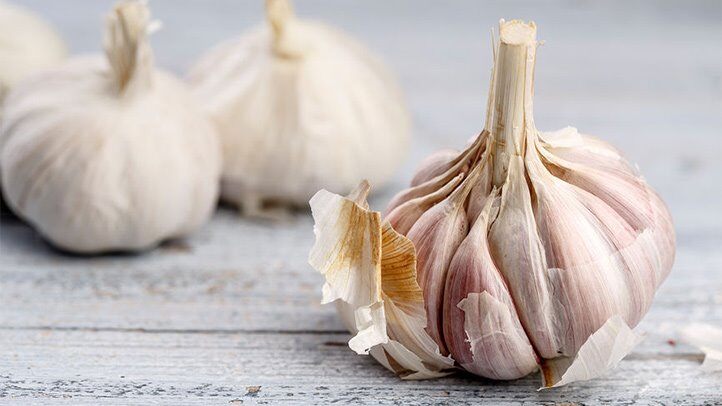
Thanks to its antimicrobial properties, adding garlic to your food helps your vagina health. It also helps with yeast infections.
5. Soy
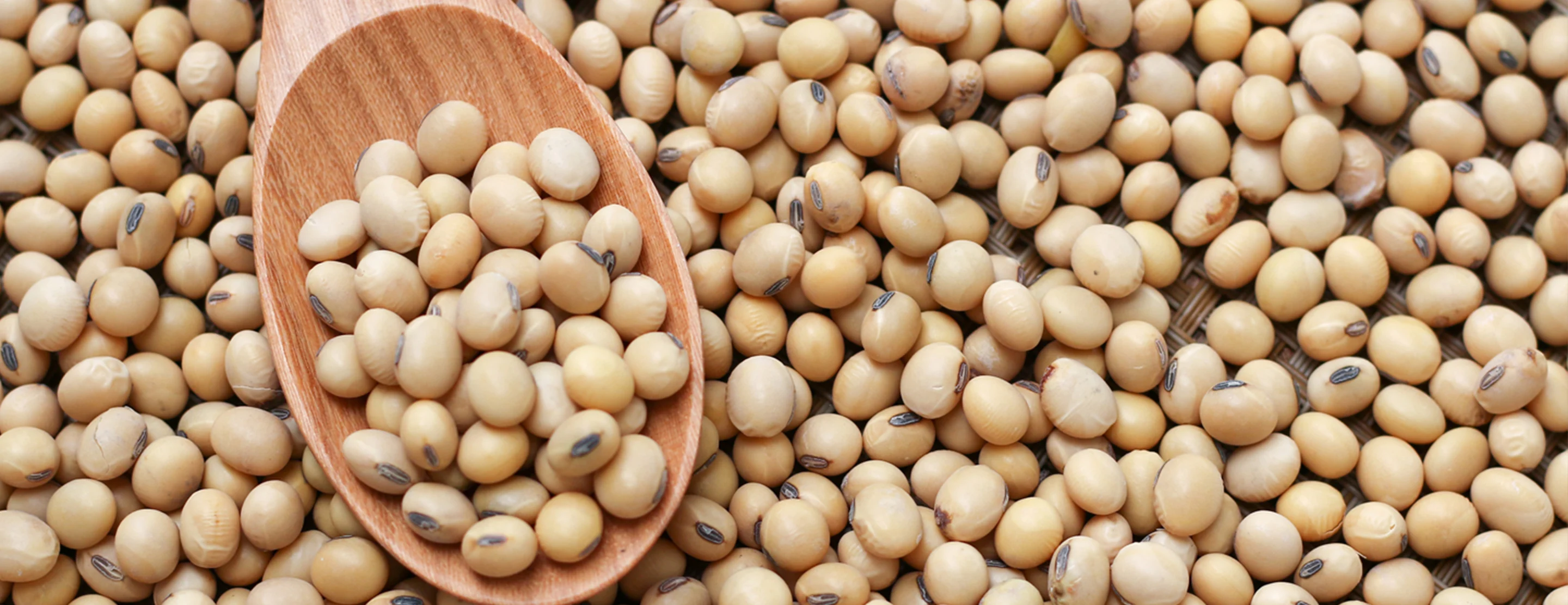
Soy products contain isoflavones that imitate estrogen – having similar effect as estrogen, naturally produced by women Soy keeps the vagina lubricated. Caution should be taken when eating over-processed soy products like soy-buggers or nuggets, science links it to certain diseases like cancers. Tofu, Edamame, tempeh and miso are better choices.
6. Water
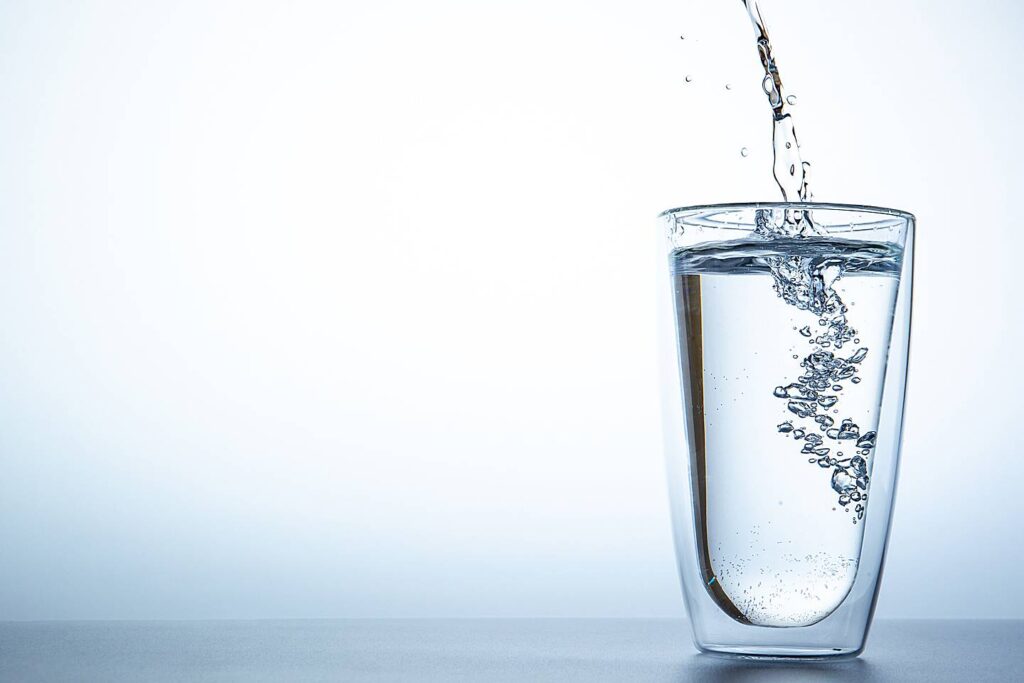
Water is definitely one of the cheapest and easiest way to relieve vaginal dryness and prevent UTI’s. For proper hydration it’s recommended you drink at least 6 – 8 glasses of water daily.
7. Ginger
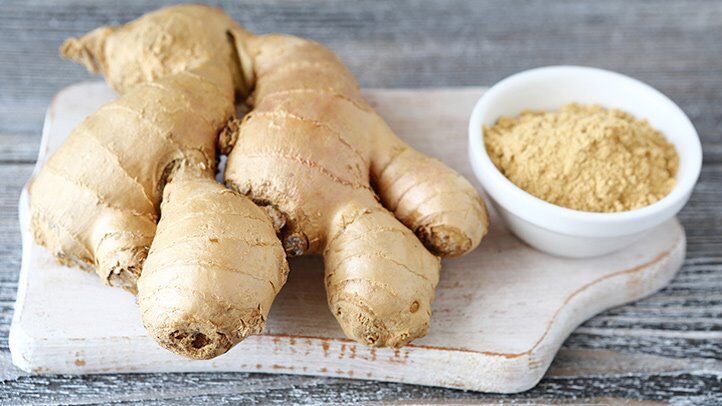
Ginger contains antimicrobial properties that help ward off any vaginal infections. It also helps to relieve menstrual cramps. A study in the Journal of Alternative and Complementary Medicine found in ginger as effective as ibuprofen in relieving painful period related cramps.
8. Dark Chocolate
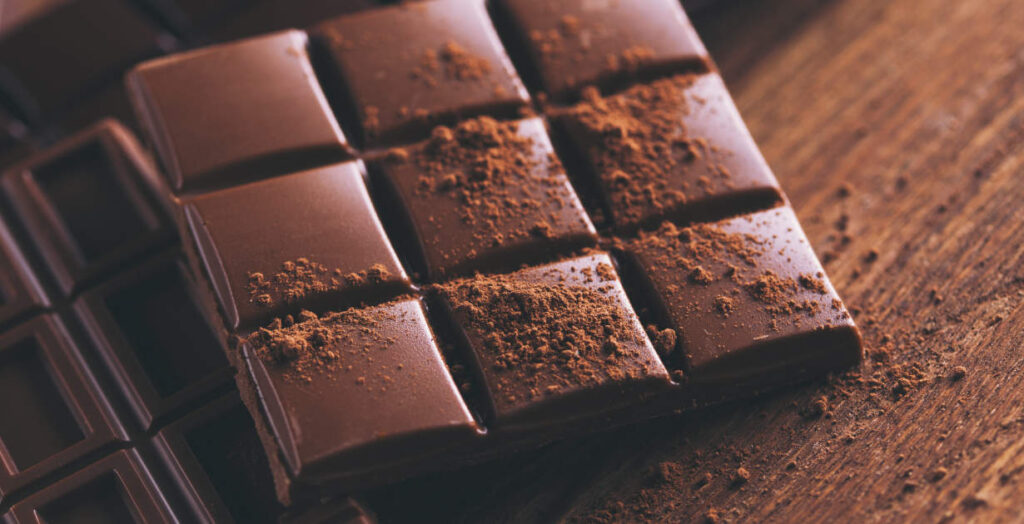
Dark chocolate is rich in fiber, minerals such as magnesium, iron, copper, manganese and more. The high flavonoid type is great source of antioxidants is reported to increase overall sexual function. Dark chocolate also has anti-inflammatory effects that can help with premenstrual syndrome.
9. Red wine

Creator: Rostislav_Sedlacek | Credit: Getty Images/iStockphoto
Copyright: Rostislav_Sedlacek
Studies show women who indulge in a glass or two experience heightened sexual desire compared to those who didn’t, according to a Journal of Sexual Medicine. Red wine also has rich flavonoid content that can help with ovarian cancer, its antioxidant content relaxes artery walls and blood flow by increasing nitric oxide production in the blood. Grab a glass and increase your libido but cut yourself at glass two, excess kills the fun.
10. Avocados and Flaxseeds
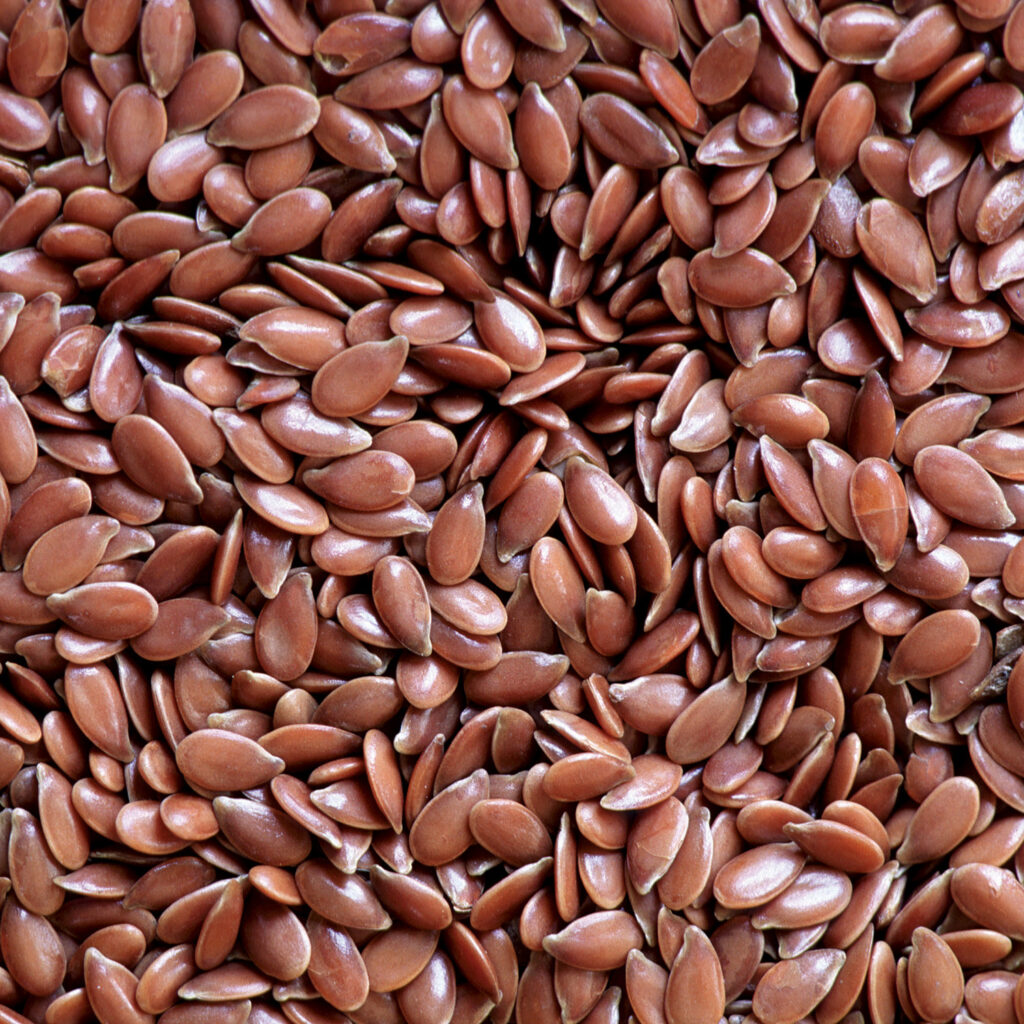
Flaxseed 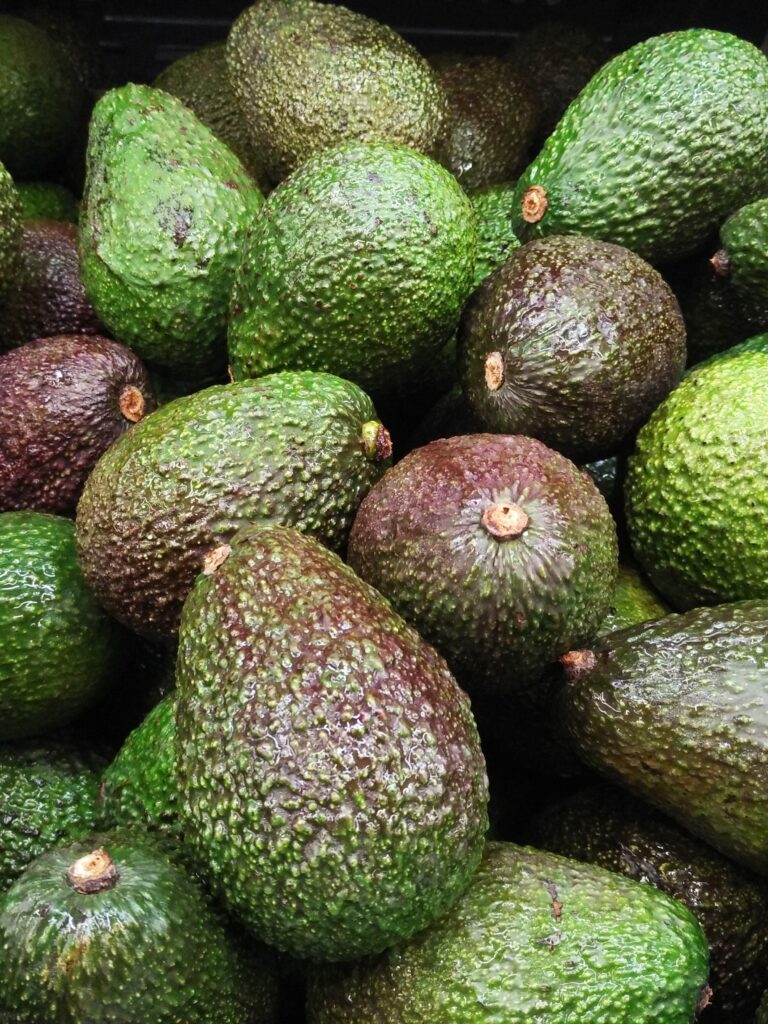
Avocados and flaxseeds help keep the vagina naturally lubricated as well as prevent vaginal dryness, itching and burning sensation.
11. Omega – 3 Fatty Acids
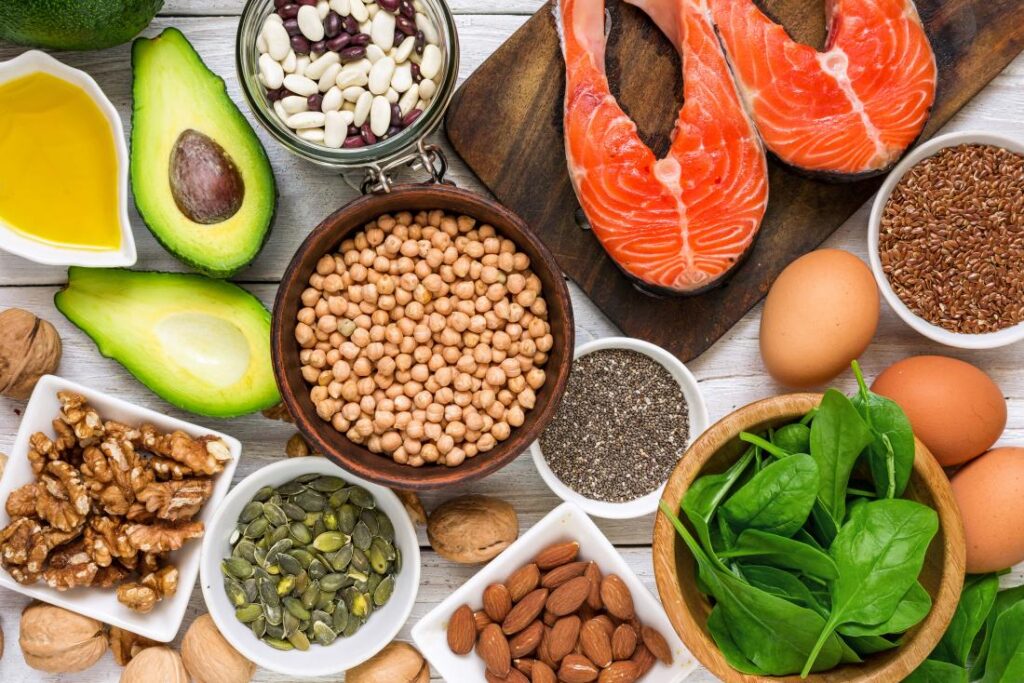
Foods rich in Omega-3 fatty acids promote cardiovascular health as wells as an additional boost for your sex drive by increasing circulation and blood flow.
A 2010 study on endometriosis found that 22 percent of women were less likely to develop endometriosis that those who didn’t consume foods rich in omega-3 fatty acids. These essential fatty acids were also shown in a 2014 study to help with vaginal dryness in postmenopausal women.
Sources include oily fish (such as salmon), flaxseeds, eggs, walnuts etc.
12. Carrots, Broccoli
A study by Harvard researchers found women who consumed broccoli (which is rich in flavonoid, Kaempferol) were at lower risk of ovarian cancer by 40 percent and those who consumed carrots, cabbages and peppers (which is rich in flavonoid, luteolin) by 34 percent.
13. Vitamin C
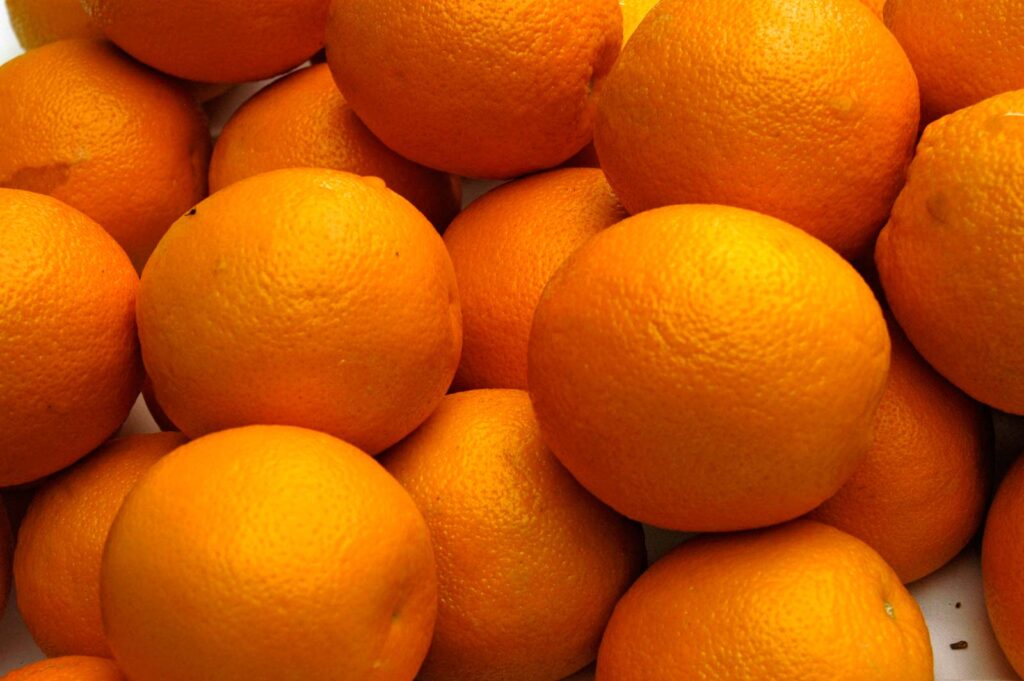
Foods rich in vitamins and minerals such as bananas, citrus fruits, strawberries etc. help boost your immune system and fighting infections. A 2013 study proved women who consumed vagina tablet of ascorbic acid had lesser risk of getting bacterial vaginosis after getting infected prior.
14. Almonds, Pumpkin Seeds.

These foods are rich in zinc and help normalize your menstrual cycle and regulate hormones.

